Imagine that you are about to take a nice, relaxing shower after a long day. But, when you turn the knob, you only hear a strange gurgling sound. Many homeowners face this problem. It reminds us that our plumbing systems can have issues. Plumbing is essential because it helps us have water for showers, sinks, and toilets. It usually works quietly in the background—until it doesn't. That's why knowing a little bit about how plumbing works is brilliant. This guide will share easy tips and tricks to help you keep your plumbing in good shape and avoid big problems.
Regular Plumbing Maintenance:
Routine Maintenance is critical to preventing major plumbing problems. Conducting regular inspections can help identify issues early before they escalate.
Inspect your plumbing system for leaks, drips, and signs of corrosion for at least a week. Under-sink areas, basements, and crawl spaces are best.
Address minor problems, such as a dripping faucet or a slow drain, as soon as they arise. Ignoring these issues can lead to more significant problems down the line.
Each season brings its plumbing challenges. In winter, insulate pipes to prevent freezing. In summer, check for leaks and ensure your irrigation system works correctly.
Preventing Clogs and Blockages
Clogs and blockages are common plumbing issues that can cause significant inconvenience. Proper disposal practices and regular cleaning can help prevent these problems.
Avoid disposing of grease, coffee grounds, and fibrous foods down the kitchen sink. These items can build up and cause blockages.
Install drain covers in sinks and showers to catch hair, food particles, and other debris. Regularly clean these covers to prevent buildup.
One excellent technique is to use a mixture of baking soda and vinegar to clean your drains monthly. This natural solution can help keep your pipes clear and free from blockages. Here is a step-by-step solution:
- Step 1: First, pour one pot of boiling water down the drain.
- Step 2: Pour one cup of baking soda down the drain and let it sit for 5-10 minutes.
- Step 3: Pour one cup of white vinegar down the drain and let it sit for 5-10 minutes.
- Step 4: Pour one pot of boiling water down the drain.
- Step 5: At last, run hot tap water for five minutes.
You can watch the following video to get a better understanding.
How to unclog a kitchen sink using baking soda and vinegar !!
Saving Water and Energy
Conserving water and energy helps the environment and reduces utility bills. Implementing water-saving practices and using energy-efficient fixtures can make a significant difference.
Install low-flow showerheads, faucets, and toilets. These fixtures reduce water usage without sacrificing performance.
A dripping faucet or a running toilet can waste significant water and increase your water bill. Fixing leaks can save water and reduce your bills.
Consider installing an innovative water monitoring system. These systems can detect leaks. They also track water use and provide insights that help you save water.
DIY Plumbing Tip: How to Replace a Leaky Faucet
Some plumbing issues need professionals. But, homeowners can handle several tasks, including replacing a leaky faucet. Follow these steps to replace a leaky faucet:
Step 1: Gather Your Tools and Materials
- Adjustable wrench
- Pick tool
- Plumber's tape
- Screwdriver
- New faucet
- Towels or rags
Step 2: Locate the shutoff valves under the sink and turn them off. Open the faucet to release any remaining water in the lines.
Step 3: Disconnect the water supply lines from the faucet using the adjustable wrench.
Place a towel or bucket under the connections to catch any residual water. Use a basin wrench to loosen and remove the mounting nuts holding the faucet in place. Carefully lift the old faucet out from the sink.
Step 4: Wipe down the sink surface where the old faucet was installed to remove any debris or old plumber's putty.
Step 5: Place the new faucet into the mounting holes on the sink to install the new faucet. Ensure it is aligned properly. Use the mounting nuts provided underneath the sink to secure the new faucet. Tighten the nuts with the basin wrench, ensuring the faucet is stable and secure.
Step 6: Connect the water supply lines to the inlets on the new faucet. Use the plumber's tape on the threads to ensure a tight seal. Tighten the connections with an adjustable wrench.
Step 7: Turn on the faucet and check for any leaks around the connections.
For visual presentation, you can also watch the following video:
6 Steps to FIX a Leaky Faucet GUARANTEED
When to Call a Professional Plumber
Knowing when to call a plumber to fix minor issues is crucial as the problems can become significant as time passes.
Call a professional if you notice clogs, low water pressure, or discoloured water. These signs can indicate underlying issues that need expert attention.
Professional plumbers have the expertise and tools. They can diagnose and fix problems well. They can also provide advice on maintaining your plumbing system.
Look for licensed and insured plumbers. Check reviews and ask for recommendations from friends and family.
Conclusion
Maintaining your plumbing system doesn't have to be daunting. Follow the above plumbing tips. They can prevent common issues, save water and energy, and show when to call in the professionals. Being proactive about plumbing maintenance can ensure that your system runs well.

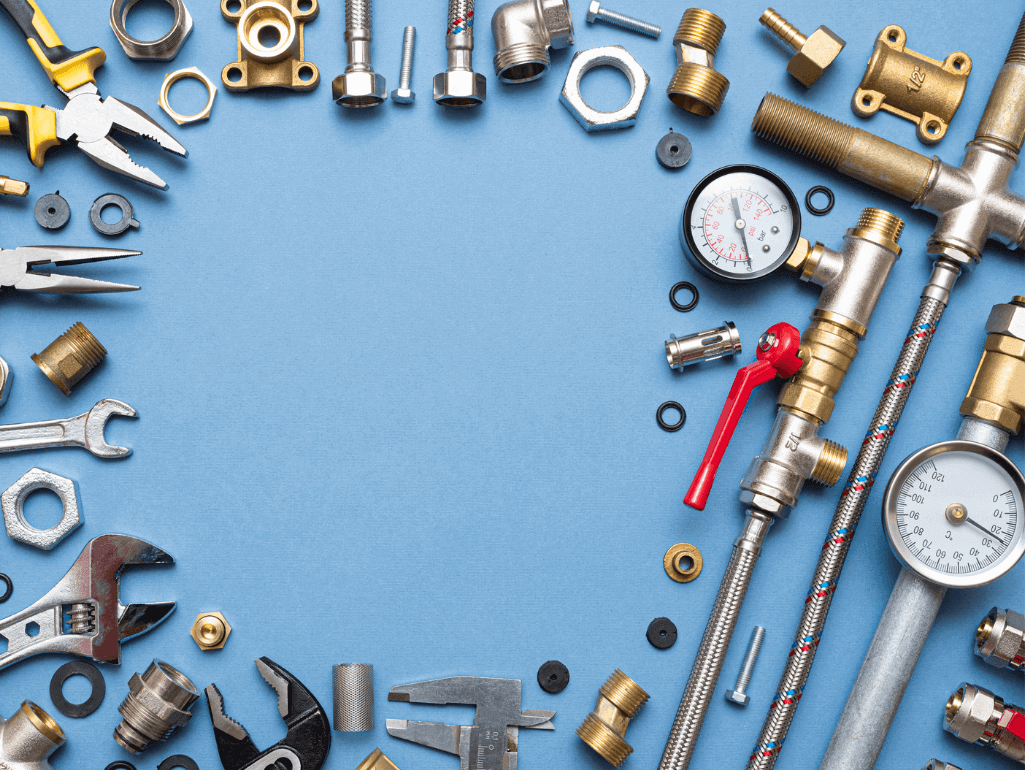


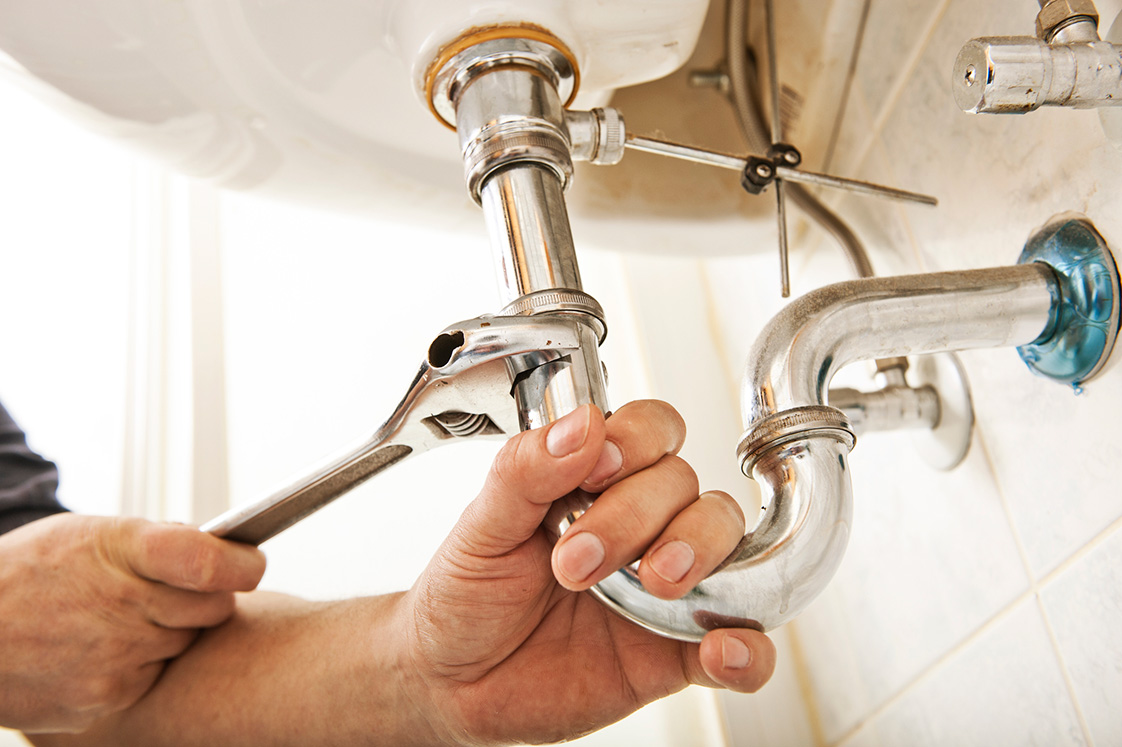

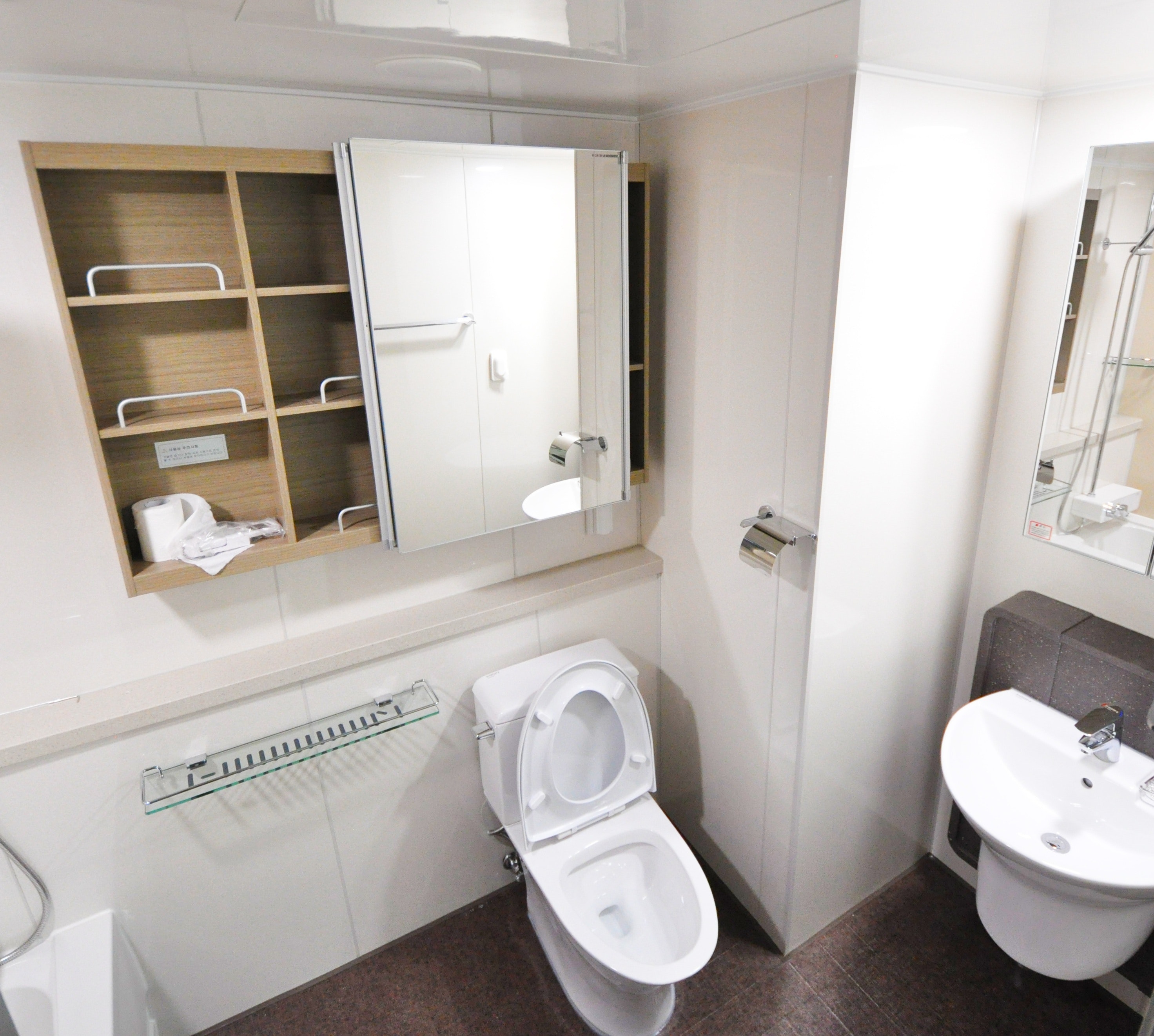
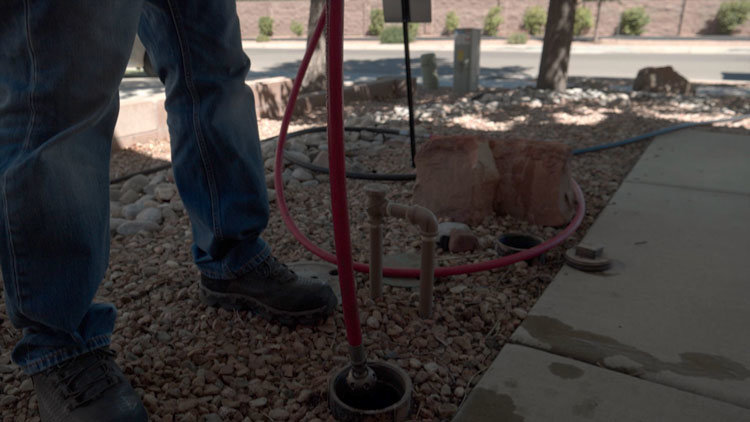
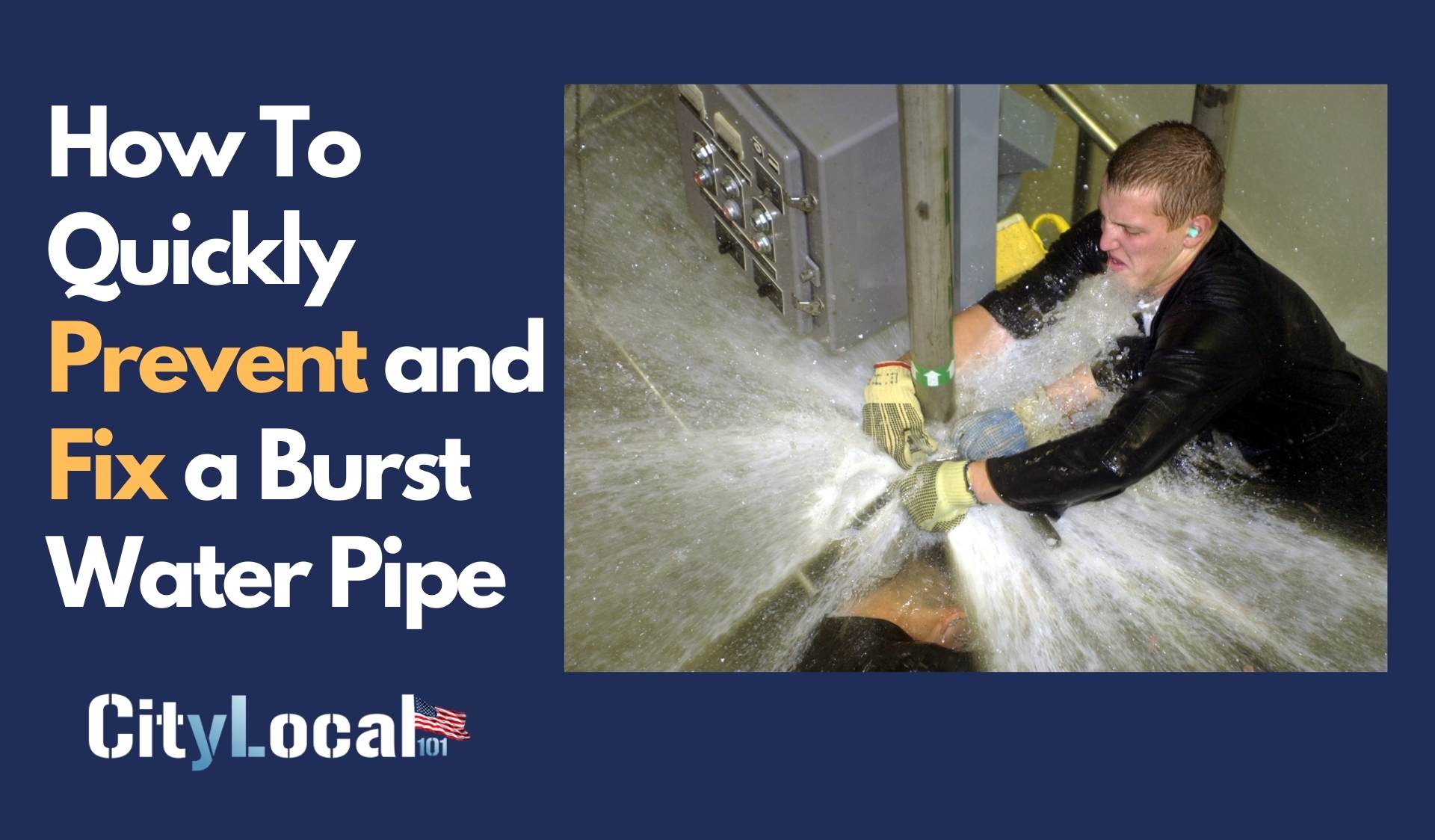

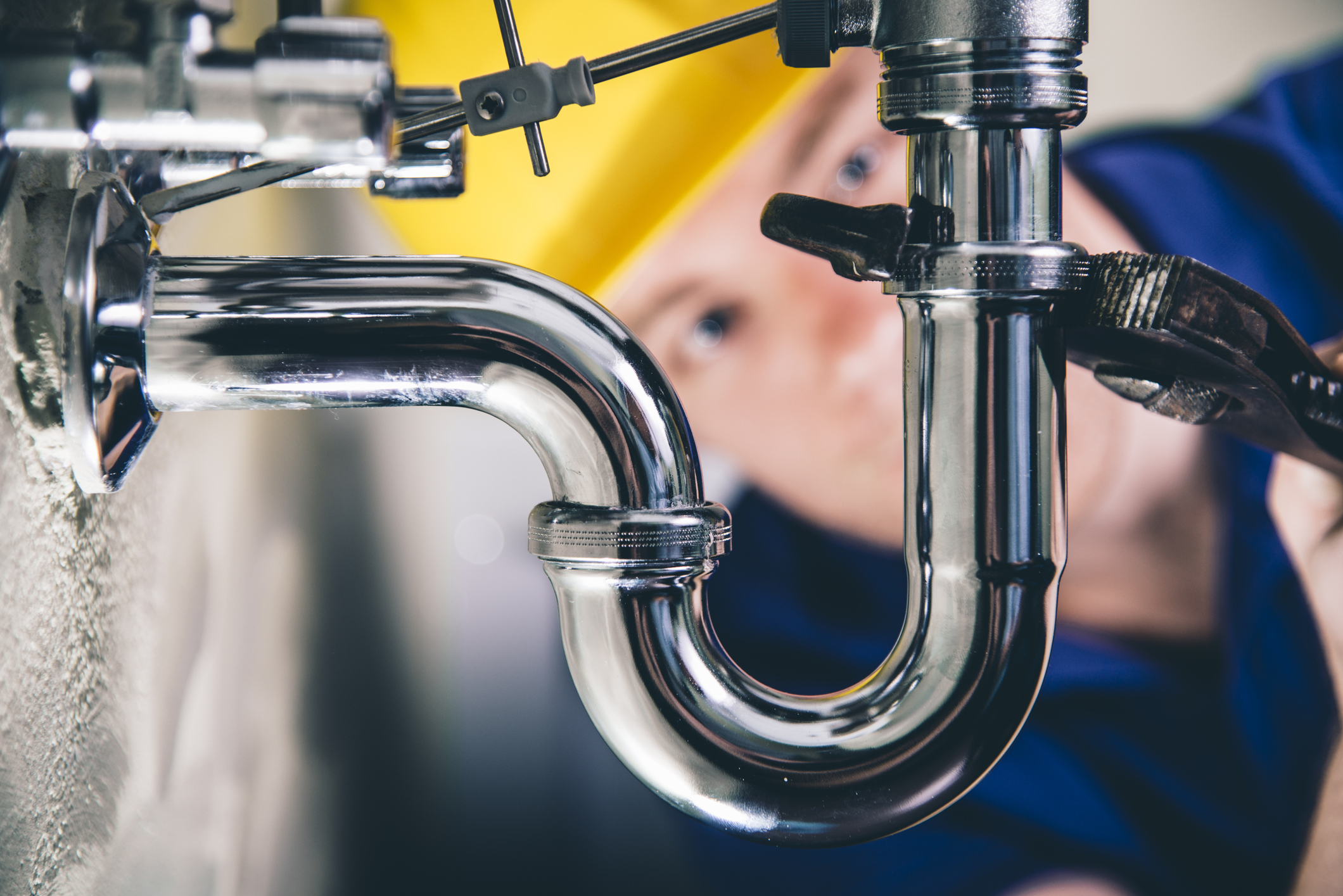


James Cooper